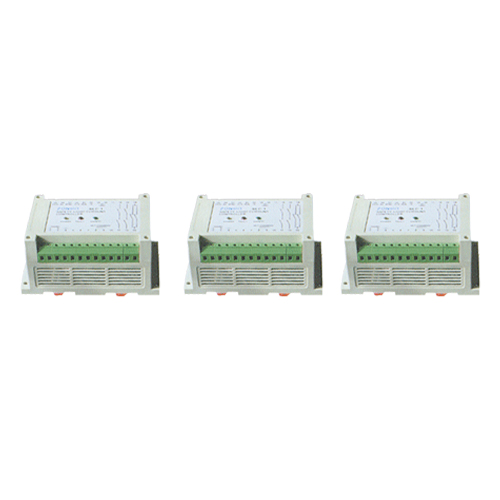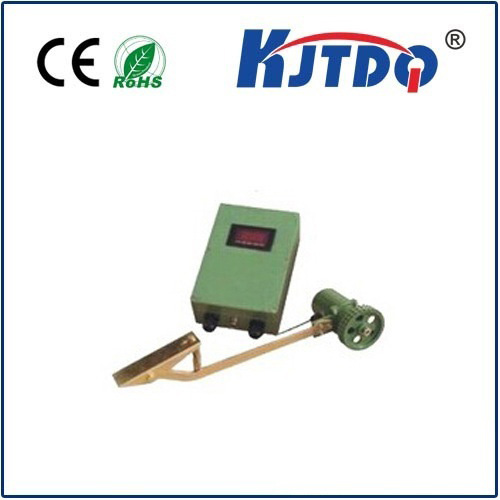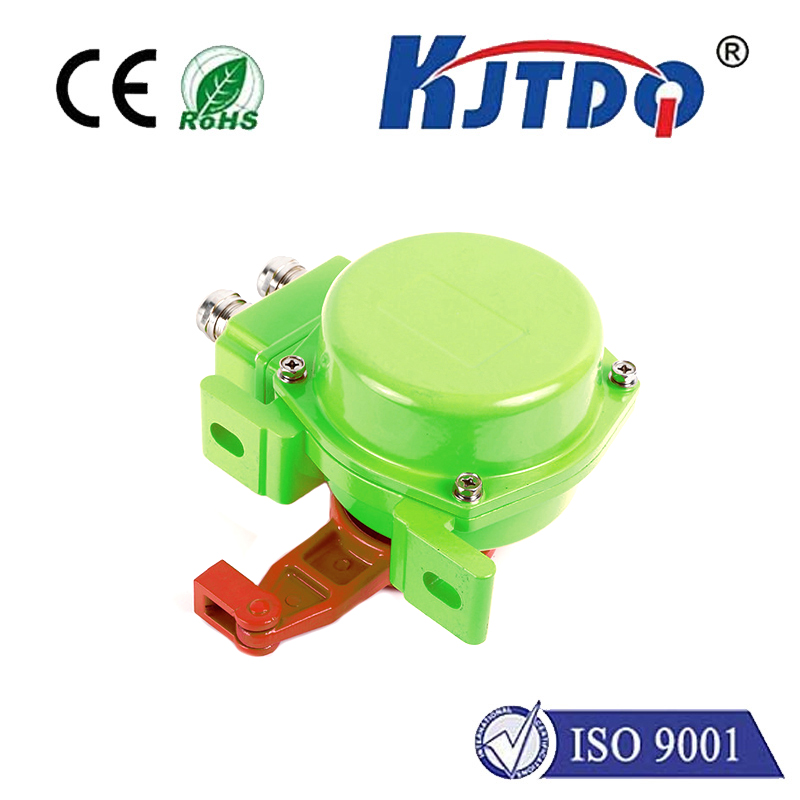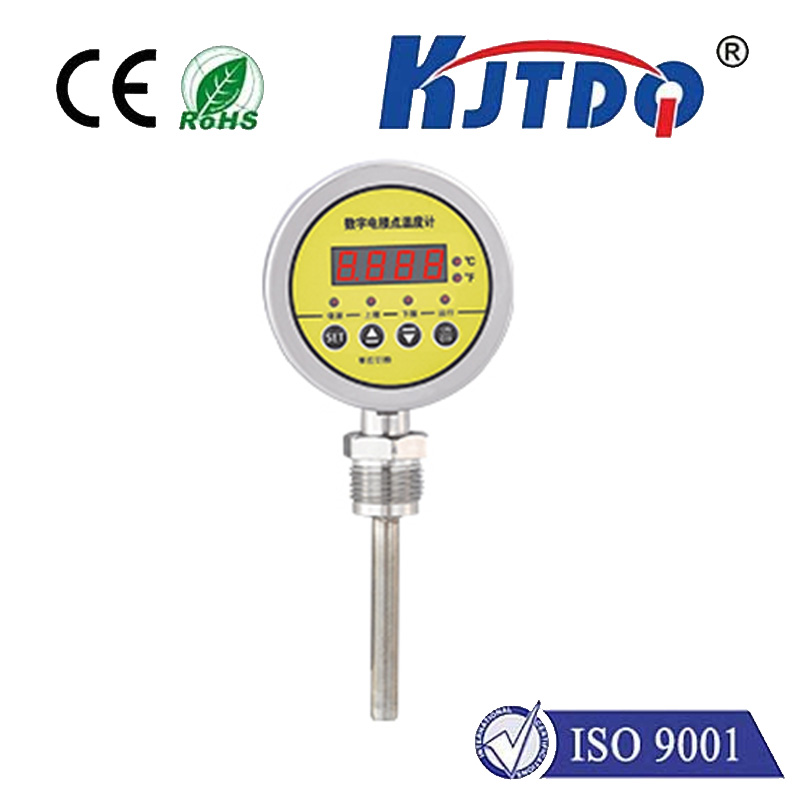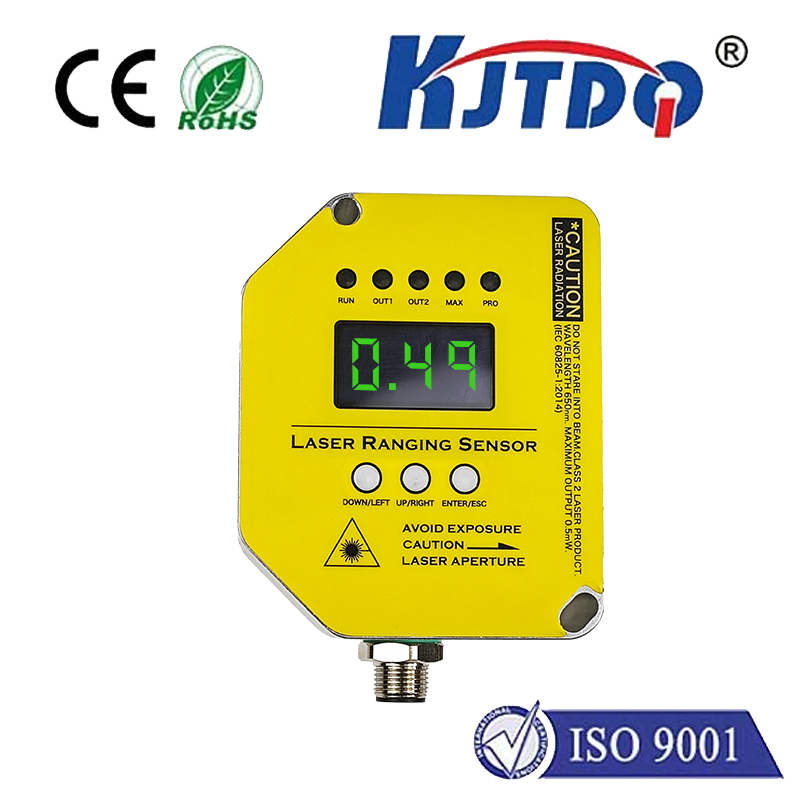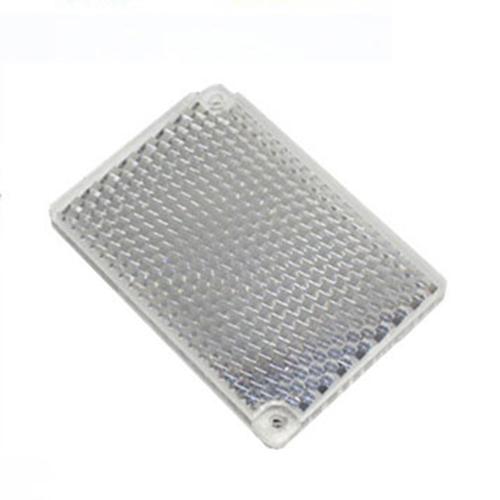Near Field Communication (NFC) technology subtly orchestrates countless moments in our digital lives. From tapping a phone to pay for coffee to unlocking a secure door with a badge, NFC proximity sensors serve as invisible enablers of seamless, contactless interactions. These sensors detect and communicate with compatible devices or tags only when they’re brought within centimeters—typically 1-4 cm—of each other. This inherent limitation isn’t a flaw; it’s a deliberate design choice ensuring security, reliability, and intuitive user experiences.
At its core, an NFC proximity sensor operates through electromagnetic induction. When an active NFC device (like a smartphone) enters the electromagnetic field generated by a passive NFC tag or reader, it induces a tiny current in the tag’s antenna. This powers the passive device momentarily, allowing it to transmit data back to the initiator. This short-range communication is fundamentally different from Bluetooth or WiFi:

While NFC payments (Apple Pay, Google Wallet) are ubiquitous, the true versatility of NFC proximity sensors shines across diverse industries:
Compared to other proximity-detection technologies like RFID or Bluetooth Low Energy (BLE), NFC sensors offer unique advantages:
The evolution of NFC proximity sensing is accelerating. Expect broader integration into wearables, IoT ecosystems, and even automotive systems (e.g., smartphone-as-key technology). Hybrid solutions combining NFC with UWB (Ultra-Wideband) promise centimeter-level accuracy for nuanced applications like hands-free payments or spatial awareness in smart homes.
Challenges remain, such as standardizing cross-platform compatibility and mitigating physical interference (e.g., metal surfaces disrupting signals). Nevertheless, the trajectory points toward smarter, energy-efficient sensors embedded in everything from retail shelves to medical devices.
NFC proximity sensors epitomize the elegance of simplicity in technology. By transforming deliberate physical gestures into digital actions, they bridge the tangible and virtual worlds with reliability, security, and effortless grace—reinventing how we interact with devices, spaces, and information every day.



